GCP penetration testing is the process of simulating real-world attacks on your Google Cloud Platform environment to find vulnerabilities, misconfigurations, and access control issues.
While GCP offers strong built-in security, many risks come from how services are set up and used by customers. Misconfigured IAM roles, exposed cloud storage, and unsecured APIs can introduce serious threats, especially in large, dynamic environments.
That’s why GCP penetration testing is essential. Google secures the infrastructure, but you're responsible for everything you build and run on it. A well-executed pentest helps you uncover weak points, improve your cloud security posture, and stay aligned with industry compliance standards.
tl;dr: GCP penetration testing helps uncover misconfigurations, IAM privilege issues, and exposed services before attackers find them. It’s critical after infra changes, before product launches, or as part of regular cloud security reviews. A strong GCP pentest covers IAM, Cloud Storage, APIs, and misconfigured services, often using manual exploitation to simulate real-world risks. AppSecure delivers tailored GCP pentests with attacker-simulated tactics and actionable remediation support.
Why is GCP penetration testing necessary?
While general cloud scans catch some surface-level issues, GCP’s flexibility and custom setups demand a more thorough approach. Here's why targeted penetration testing matters:
- Complex and interconnected services
Google Cloud offers highly modular services, Cloud Functions, GKE, Cloud Run, that are often tightly integrated via custom APIs, service accounts, or event triggers. A single misconfigured trigger or excessive role binding can lead to unauthorized privilege escalation or lateral movement.
- IAM misconfigurations and public access
GCP's Identity and Access Management is highly granular, but that also makes it easier to misconfigure. Broad role grants (like roles/editor) or unintended inheritance across projects and folders can expose critical resources. Similarly, public access to Cloud Storage buckets or improperly shared resources remains a top risk.
- Compliance pressure
Industries operating under SOC 2, HIPAA, or PCI must go beyond standard security hygiene. Auditors increasingly demand proof of proactive testing, and GCP’s dynamic environment introduces unique risks not always accounted for in traditional compliance checklists.
- CI/CD pipeline vulnerabilities
Automated pipelines often run with elevated privileges, interacting with services across the cloud environment. Unsecured service accounts, poorly scoped permissions, and unvalidated third-party integrations can all become vectors for attackers during the deployment process.
- Real-world incidents
Multiple security breaches in recent years have stemmed from cloud misconfigurations, open ports, exposed secrets, or service accounts with excessive privileges. These incidents highlight that cloud-native doesn’t mean secure-by-default.
GCP's power lies in its flexibility, but that flexibility expands the attack surface. Only focused penetration testing can uncover issues specific to how your services are configured and deployed.
What makes GCP environments risky?
GCP’s architecture introduces cloud-native attack vectors that differ significantly from other cloud providers. Here's what makes GCP environments particularly sensitive from a security standpoint:
- Broad IAM role assignments and inheritance
In GCP, roles can be inherited across folders, projects, and resources. A user with an overly broad role in a parent folder might unknowingly gain access to unrelated production assets. This permission sprawl often goes unnoticed in traditional scans.
- Publicly exposed resources
By default, some GCP services (like Cloud Storage or App Engine) allow public access with a single checkbox or API call. Even internal tools like Cloud Functions or Cloud Run endpoints can be deployed without authentication if not correctly configured.
- Cloud shell abuse
GCP provides developers with instant Cloud Shell environments. While useful, these shells often run with elevated permissions and access tokens tied to the user's identity. Attackers who compromise a user account can pivot quickly via this feature.
- Lack of network segmentation and VPC controls
Many organizations fail to enforce VPC Service Controls or firewall rules strictly. This allows lateral movement between services once initial access is obtained. Attackers can exploit overly permissive ingress rules or absence of egress restrictions.
- Logging gaps and audit blind spots
GCP logs are comprehensive, but often misconfigured. If Cloud Audit Logs aren't properly enabled or retained, organizations may miss key indicators of compromise, such as token misuse, privilege escalation attempts, or access anomalies.
These risks stem from GCP's developer-centric design. While it speeds up deployment, it also makes it easy to bypass guardrails unless you actively test for such exposure.
GCP penetration testing scope: What’s allowed and what’s not
Before launching any security assessment on Google Cloud Platform (GCP), it's critical to understand what’s in bounds and what could violate Google’s Acceptable Use Policy (AUP):
- You can test customer-owned GCP assets
GCP allows you to conduct penetration testing on the resources you own, such as your Compute Engine instances, Cloud Storage buckets, GKE clusters, or Cloud Functions, without needing prior approval from Google.
These are services under your control and your responsibility, so long as the tests are conducted in accordance with standard guidelines and cause no harm to others.
- Denial-of-Service (DoS) and tenant impact are strictly prohibited
Testing that attempts to disrupt service availability, like DoS or DDoS attacks, is strictly forbidden. Additionally, testing that may impact other tenants, such as attempts to exploit shared infrastructure vulnerabilities or target multi-tenant resources, is also off-limits.
Google enforces a zero-tolerance policy for activities that could affect the experience or security of other users on the platform.
- No pre-approval needed, but responsible disclosure applies
Unlike some providers, Google doesn’t require prior notification or approval for penetration tests as long as they fall within your own environment and follow the outlined rules.
However, if any vulnerabilities are discovered within Google-managed infrastructure, clients are expected to follow responsible disclosure procedures and report issues through Google’s Vulnerability Reward Program.
- Stay compliant with Google's Acceptable Use Policy (AUP)
All penetration testing activities must align with Google's AUP and applicable laws. Unauthorized access, data exfiltration, or lateral movement across organizational boundaries is not tolerated. Staying within scope ensures your pentest is both effective and compliant.
Key areas covered in a GCP penetration test
A GCP pentest isn’t just about scanning ports, it simulates real-world attacks on your cloud architecture. Here’s how security professionals approach each layer:
- IAM enumeration and privilege escalation testing
Testers map out all IAM bindings across resources and projects, checking for over-permissioned service accounts, misused custom roles, and potential privilege escalation paths (e.g., modifying functions or policies to gain higher access).
- Exploiting cloud storage and public resources
Red teams attempt to discover and access publicly exposed storage buckets, App Engine URLs, Cloud Run endpoints, or inadvertently shared assets, validating which resources can be indexed, downloaded, or manipulated externally.
- Compute and Container Abuse (GKE & Compute Engine)
Pentesters look for weak SSH configurations, unrestricted metadata API access, or vulnerable Kubernetes RBAC settings. They simulate container breakout attempts, privilege abuse in GKE nodes, and misconfigured firewall rules around Compute Engine instances.
- CI/CD pipeline attacks and token leakage
Security teams investigate how build pipelines interact with GCP, looking for exposed credentials in build logs, hardcoded secrets in Git repositories, and service account abuse through workload identity bindings.
- API and service account abuse
Attackers often simulate lateral movement by abusing service-to-service APIs. Penetration tests verify whether service accounts have network-wide access, if their keys are stored securely, or if APIs lack proper authentication and throttling.
- Logging, monitoring, and detection evasion
Finally, testers assess whether attack attempts are visible in logs or if they fly under the radar. This includes checking for missing alerting rules in Cloud Monitoring, incomplete log retention policies, or unmonitored sensitive activity.
Rather than relying on default settings, a penetration test actively probes how your real configurations behave under stress, revealing the exact entry points an attacker might exploit.
When should organizations test their GCP environments?
Timing is critical in securing evolving GCP environments, where changes in services, IAM roles, and configurations can introduce new risks. Here are key moments when GCP penetration testing should be prioritized to stay ahead of threats.
- After migrating workloads or launching in GCP
Cloud migrations often involve re-architecting infrastructure using GCP-native services like Compute Engine, Cloud Storage, and BigQuery. These transitions can result in exposed APIs, misconfigured storage buckets, or excessive IAM permissions.
A penetration test post-migration ensures that the new cloud footprint follows least privilege principles, network segmentation is enforced, and internet-exposed resources are properly secured.
- Before pushing cloud-native applications to production
GCP enables rapid development using services like Cloud Run, App Engine, and Cloud Functions. But this flexibility can create blind spots in how services authenticate, communicate, and expose data.
Penetration testing before production deployment helps uncover vulnerabilities in microservice-to-microservice traffic, token handling, and misconfigured service-to-service IAM bindings.
- During annual compliance and security cycles
For companies under SOC 2, ISO 27001, HIPAA, or PCI-DSS, regular penetration testing is not just a checkbox, it’s a requirement to validate security controls.
GCP-specific tests help assess technical safeguards around identity, encryption, logging, and access control across managed services, ensuring alignment with evolving compliance expectations.
- After major IAM or network configuration changes
GCP’s IAM model allows for very granular permission sets, but changes to role bindings or network rules can unintentionally introduce privilege escalation paths or public exposure.
Following any updates to custom IAM roles, VPC firewall settings, or peering configurations, a penetration test helps validate that the changes don’t compromise internal segmentation or cross-project access boundaries.
- When introducing new managed services (e.g., GKE, Cloud Run)
Adopting services like Google Kubernetes Engine or Cloud Run introduces new attack surfaces, such as misconfigured workload identity, excessive pod privileges, or unsecured HTTP endpoints.
Early penetration testing ensures secure service configuration, appropriate RBAC setup, and isolation of workloads from public or unauthorized internal traffic.
GCP penetration testing methodology
Apart from knowing when to conduct a GCP pentest, let’s look at the methodology that drives a technically sound and impactful engagement:
- Scoping based on cloud architecture
Every engagement begins with a scoping session to understand the organization’s specific GCP architecture. Testers review the number of projects involved, usage of services like GKE, App Engine, or Cloud Run, and the division of workloads across regions or VPCs.
Critical elements such as shared VPCs, peering configurations, and service account designs are assessed to define a test boundary that reflects the actual risk surface.
- Reconnaissance and cloud asset discovery
In this phase, testers perform in-depth enumeration of GCP resources. They identify external IPs, open ports on compute instances, unsecured storage buckets, misconfigured load balancers, and exposed APIs.
Tools and scripts are often used to query GCP metadata servers, service endpoints, and Cloud DNS records. This helps build a full map of the accessible and reachable assets that could serve as potential entry points for attackers.
- IAM abuse and privilege escalation attempts
GCP’s IAM model is complex and highly customizable, making it easy to introduce unintended privilege paths. Pentesters analyze custom roles, service account bindings, and inherited permissions across projects.
Common targets include roles like iam.serviceAccountTokenCreator, which can be abused for impersonation, or over-permissioned default service accounts that allow privilege escalation via API access or token generation.
- Service enumeration and misconfiguration testing
Each enabled GCP service is probed for security gaps. For example, Cloud Functions and Cloud Run endpoints are checked for unauthenticated access, while BigQuery datasets are reviewed for public sharing.
Misconfigured Pub/Sub subscriptions, overly permissive firewall rules in VPCs, and exposed Cloud SQL instances are typical findings. The goal is to uncover configurations that bypass access controls or leak sensitive data.
- Manual chaining of vulnerabilities
A key aspect of GCP pentesting is combining multiple minor issues into impactful attack chains. For example, access to a Cloud Storage bucket might lead to retrieval of service account keys, which can then be used to invoke privileged APIs or deploy new resources.
Testers simulate real-world attacker workflows using these chains to demonstrate business impact and data exposure.
- Post-exploitation and lateral movement
Once access is achieved, the focus shifts to internal movement across services or projects. Testers explore GCP’s internal metadata APIs, check for credential reuse, and attempt privilege escalation using roles in other linked projects.
The ability to jump between projects via shared service accounts or access internal APIs via GKE workloads is tested to simulate deep compromise.
- Reporting, retesting, and remediation guidance
The final phase involves documenting all findings with severity ratings, exploit paths, and technical remediation steps. Reports often include visuals of attack chains and affected services.
Organizations are provided with actionable fixes, and in many cases, a retest is performed to confirm that the identified vulnerabilities have been properly addressed.
AppSecure’s GCP penetration testing capabilities
For accurate results, you need a team that understands your architecture and simulates real-world threats, and that’s where AppSecure comes in. Let’s look at our GCP pentesting methodology:
- Deep expertise across GCP services
AppSecure delivers comprehensive analysis across a wide range of Google Cloud services, from Compute Engine, Cloud Storage, and Cloud SQL to advanced platforms like GKE, Cloud Functions, and Cloud Run. Our specialists identify subtle service-specific vulnerabilities and misconfigurations often missed by standard scans.
- Manual, adversary-led testing
Rather than relying solely on automated tools, AppSecure adopts a manual-first, hacker-led methodology. This bug bounty-style approach emphasizes real-world attack patterns, custom payloads, and logic testing to uncover chained misconfigurations and IAM abuse.
- In-depth IAM and service account analysis
AppSecure highlights IAM and service account vulnerabilities, centering on misconfigured permissions, excessive role bindings, and token impersonation. Our experts simulate privilege escalation and lateral movement, reflecting real adversarial tactics seen in the wild.
- Collaboration with cloud and security teams
Engagements include seamless coordination with internal SOC and blue teams. AppSecure workshops findings to help engineering teams establish alert rules and SIEM integration for improved detection and response.
- Post-test support and retesting
After delivering detailed PoC-backed penetration testing reports, AppSecure provides remediation guidance and optional retesting. This ensures fixes are verified and effectively implemented prior to the conclusion of the assessment.
Lock down the vulnerabilities in your GCP before it’s too late
Misconfigurations in GCP don’t wait to be found, they get exploited. Relying solely on automated scans leaves critical gaps in your cloud security. Manual, in-depth GCP penetration testing is the only way to uncover what actually puts your data, workloads, and users at risk.
Whether your goal is compliance, product security, or internal assurance, testing your GCP setup proactively helps you fix what matters, before attackers do.
If you’re serious about securing your cloud, get in touch with AppSecure. Our manual-first approach, deep GCP expertise, and business-aligned reporting ensure you get real answers, not just alerts.
FAQs
- What is GCP penetration testing and how is it performed?
GCP penetration testing is a simulated attack on your Google Cloud setup to identify real-world risks. It involves manual exploitation of IAM, storage, networking, and services to uncover misconfigurations and privilege escalation paths.
- Is penetration testing allowed on Google Cloud Platform?
Yes, Google allows penetration testing on GCP without prior approval, as long as you test only your own projects and follow their acceptable use policy.
- What are the most common GCP security misconfigurations?
Common issues include overly permissive IAM roles, public storage buckets, exposed APIs, default network usage, and lack of service account restrictions.
- How does GCP pentesting help with compliance?
It validates cloud security against standards like SOC 2, ISO 27001, and PCI-DSS by identifying control gaps, ensuring configuration integrity, and generating audit-ready reports.
- How often should GCP environments be penetration tested?
At a minimum, annually or after major changes like migrations, app deployments, IAM updates, or adopting new services.

Ankit Pahuja is a B2B SaaS marketing expert with deep specialization in cybersecurity. He makes complex topics like EDR, XDR, MDR, and Cloud Security accessible and discoverable through strategic content and smart distribution. A frequent contributor to industry blogs and panels, Ankit is known for turning technical depth into clear, actionable insights. Outside of work, he explores emerging security trends and mentors aspiring marketers in the cybersecurity space.


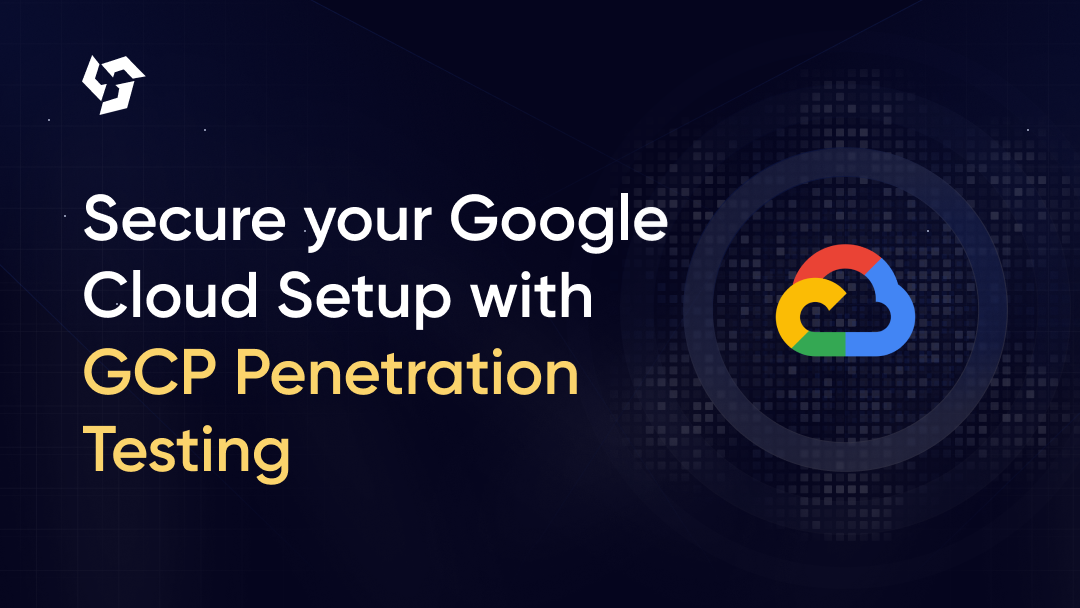
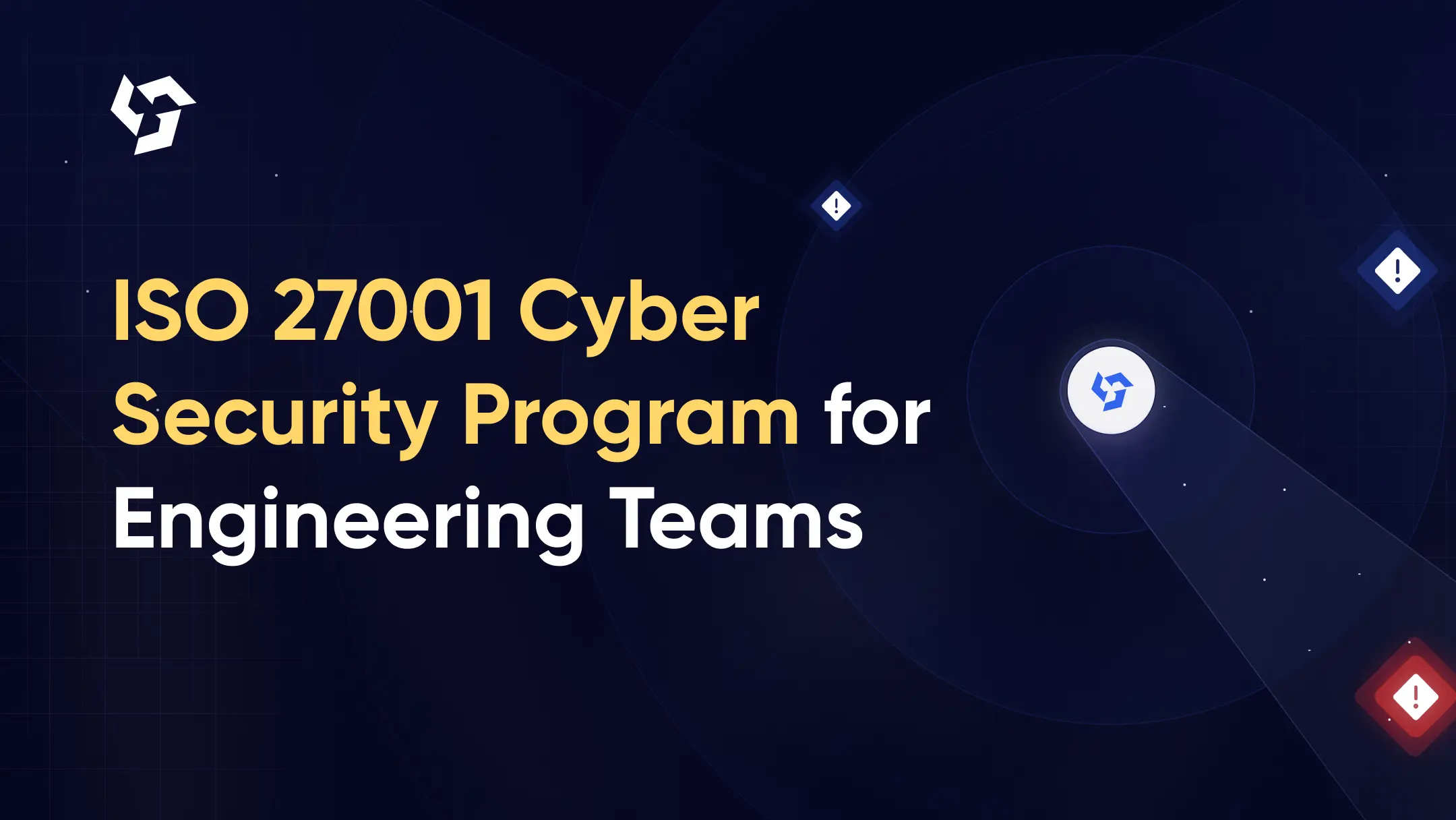
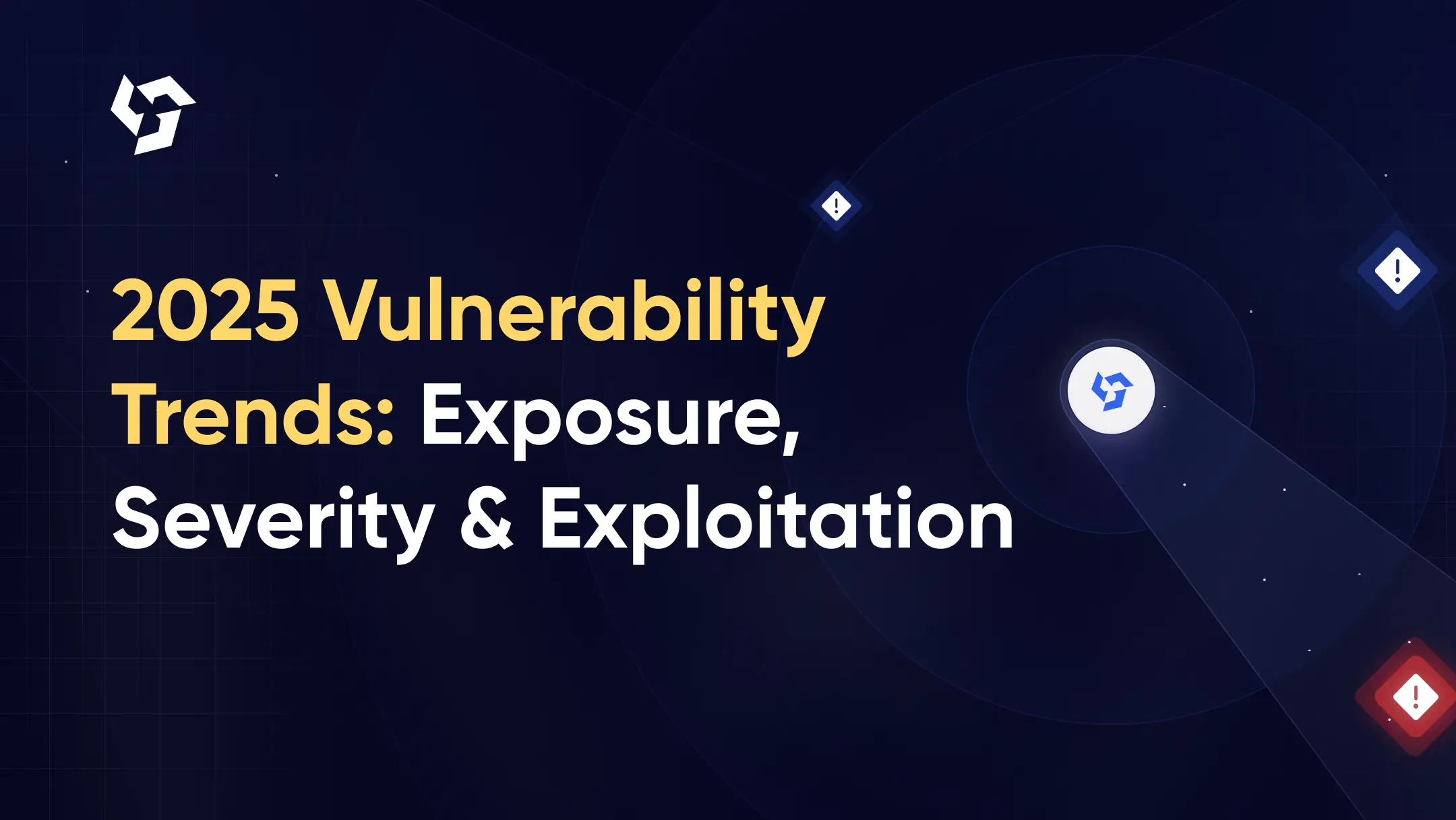
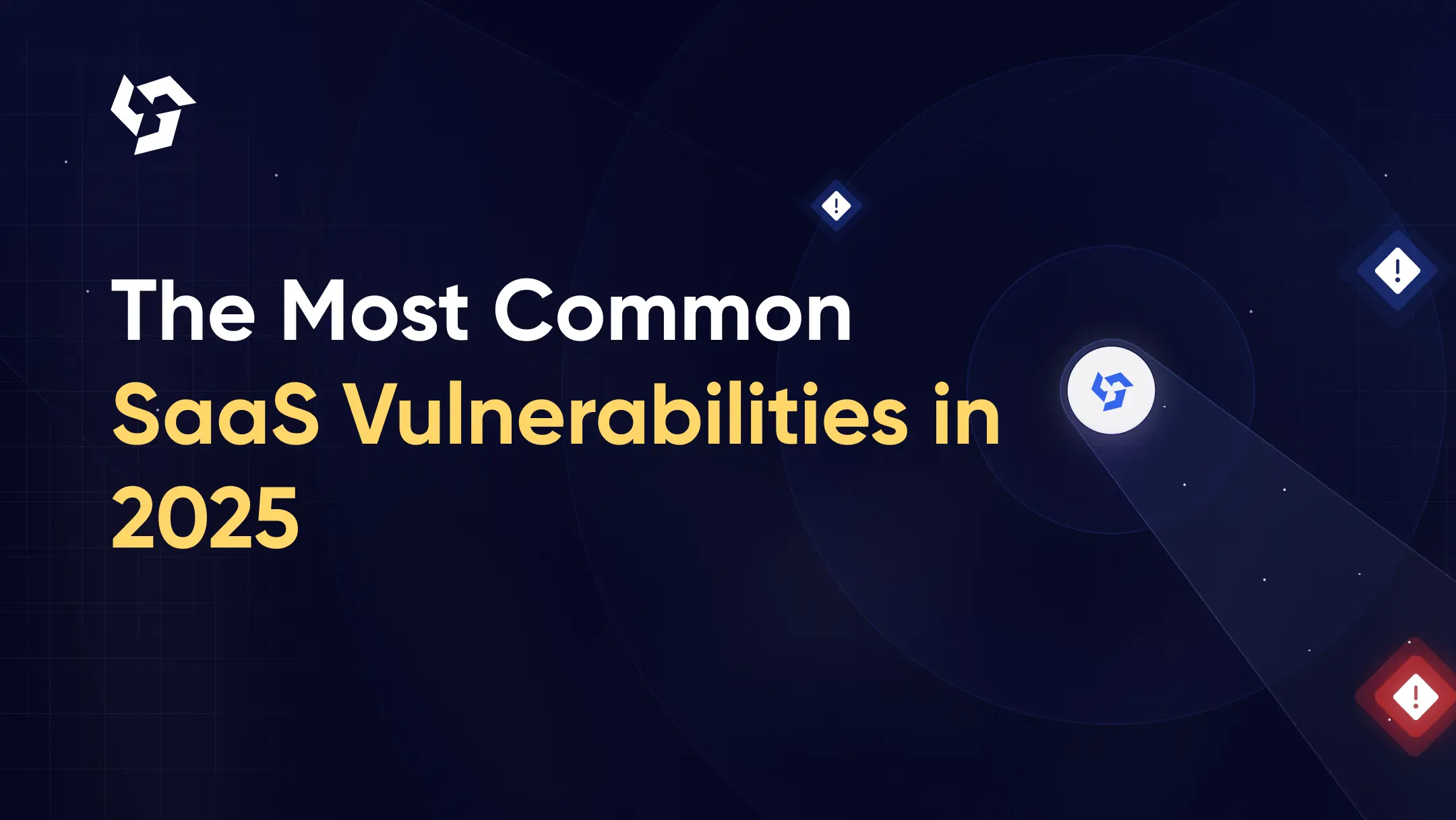





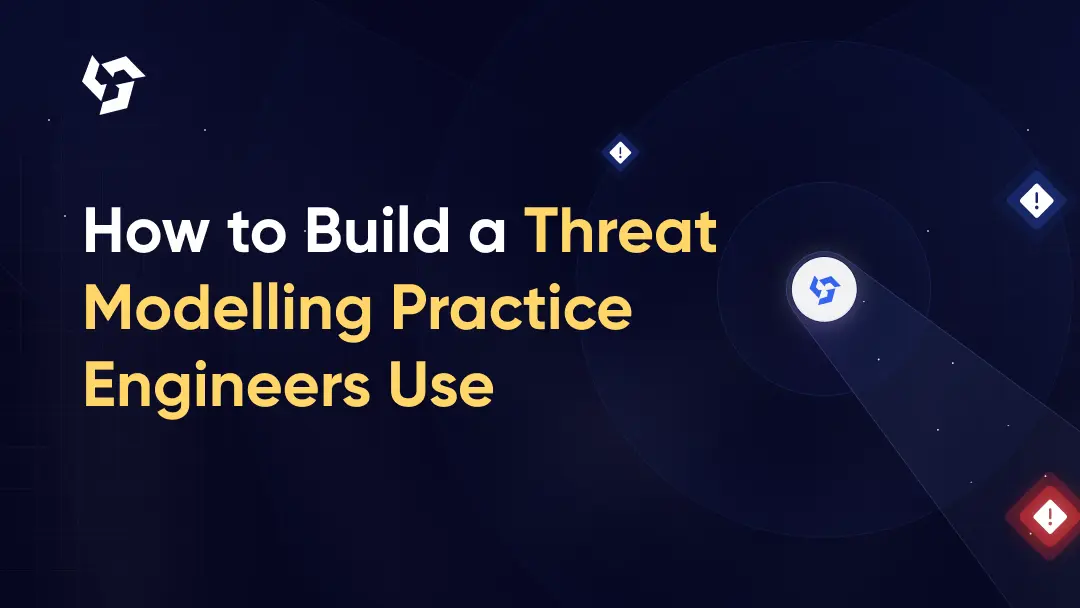
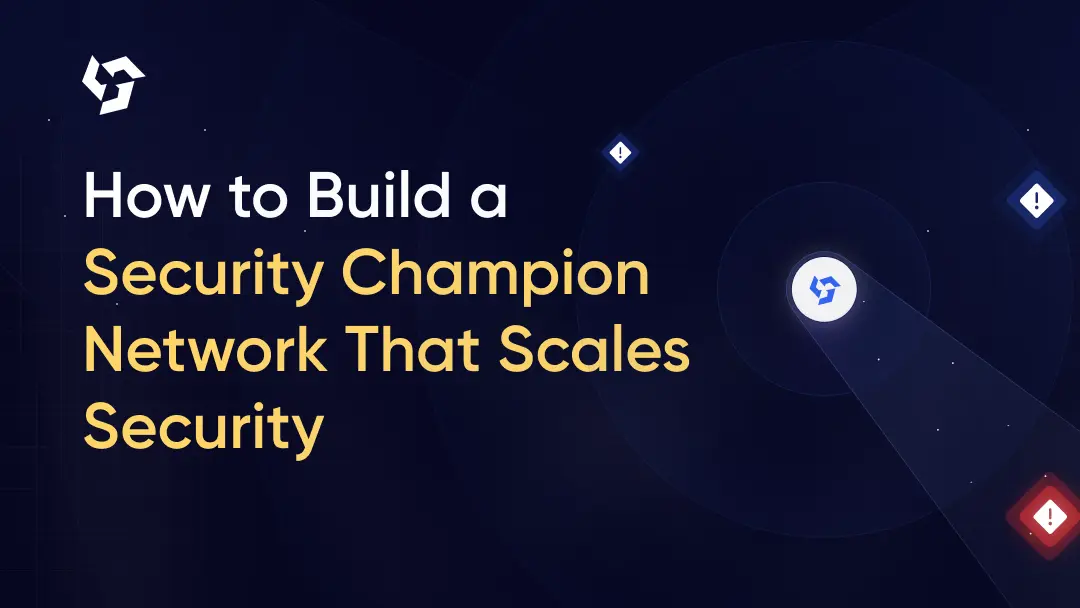
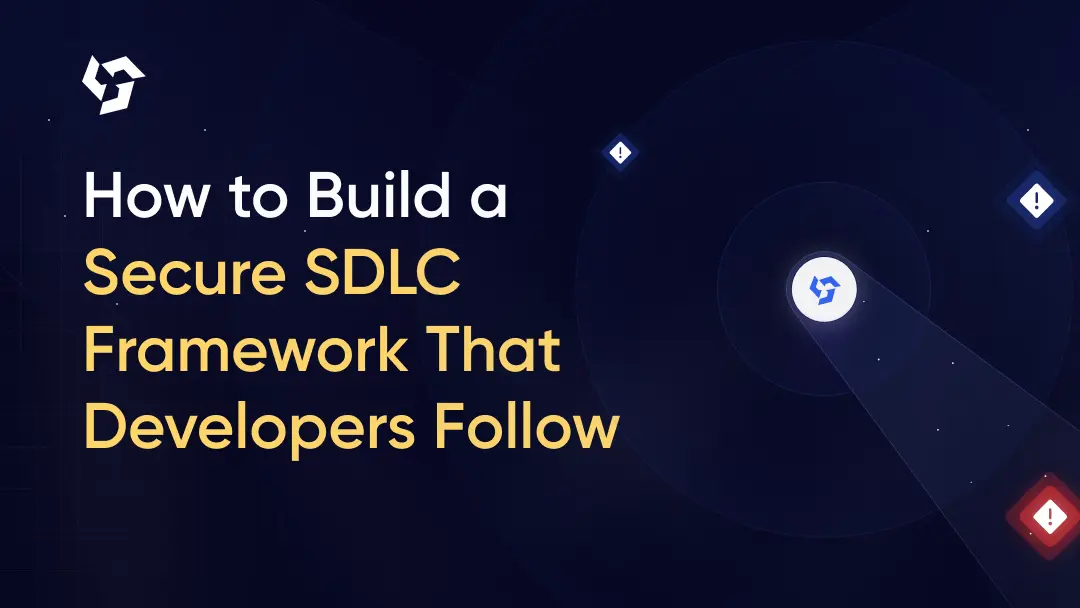
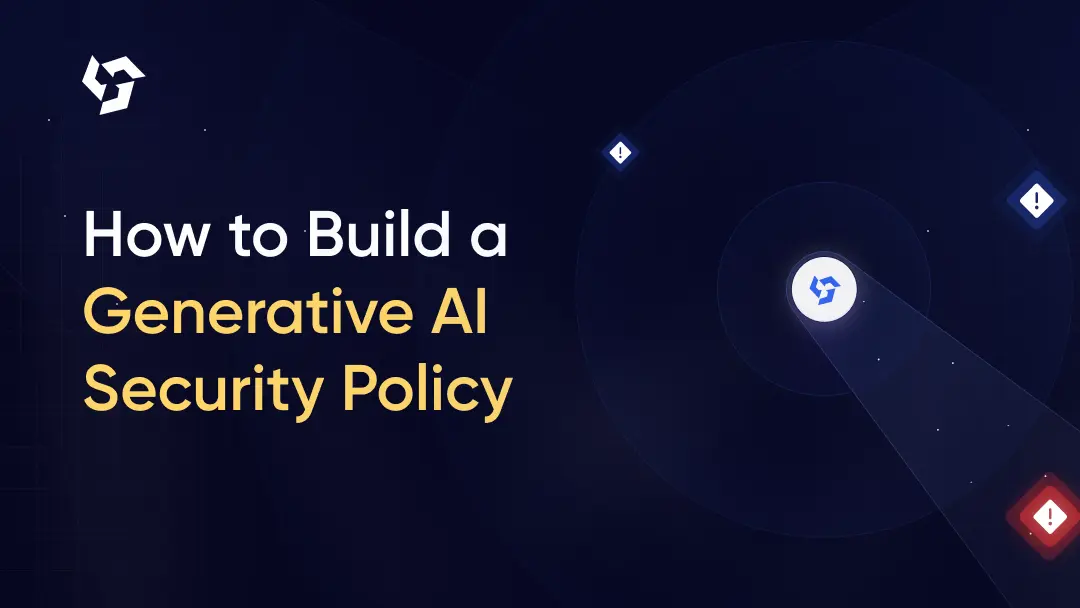
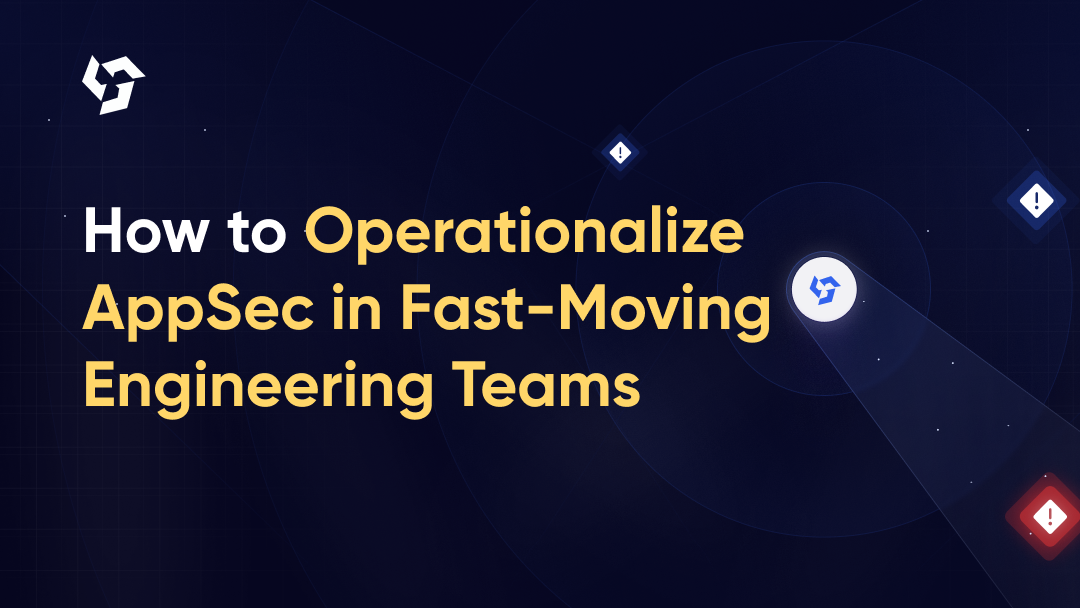

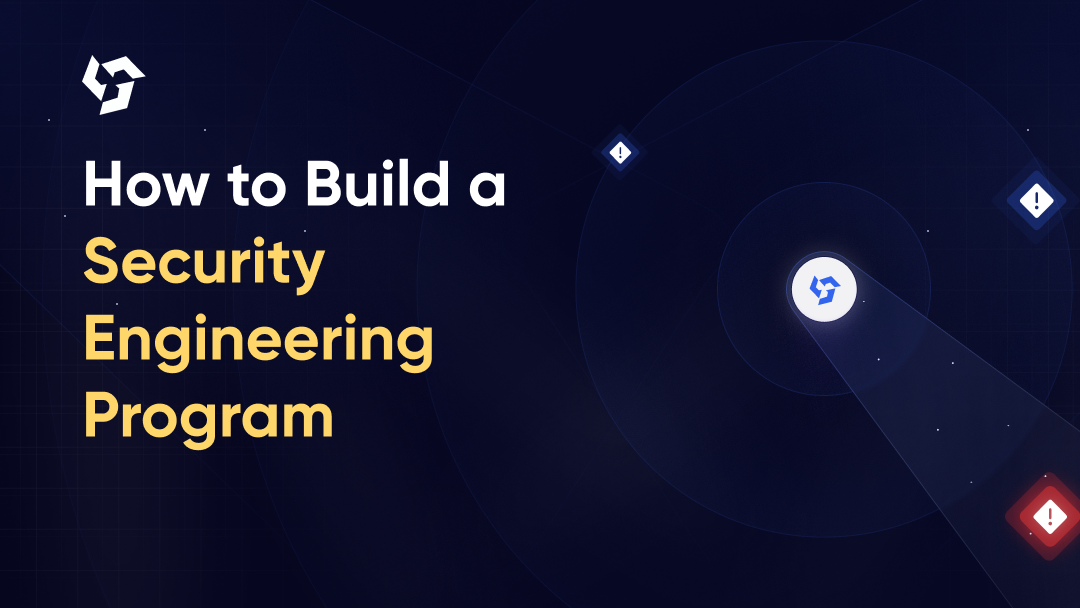

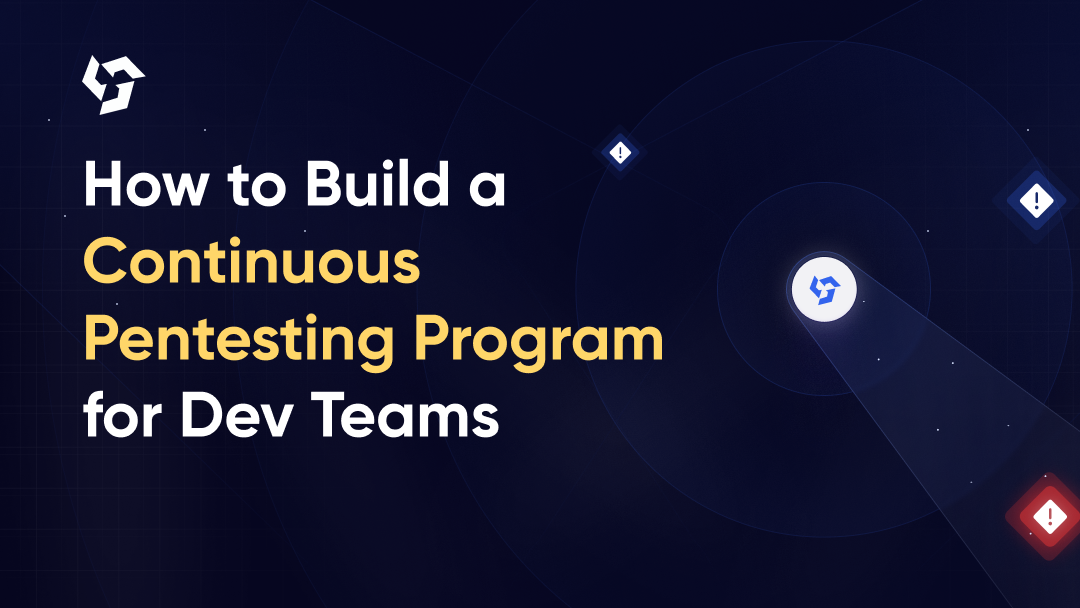

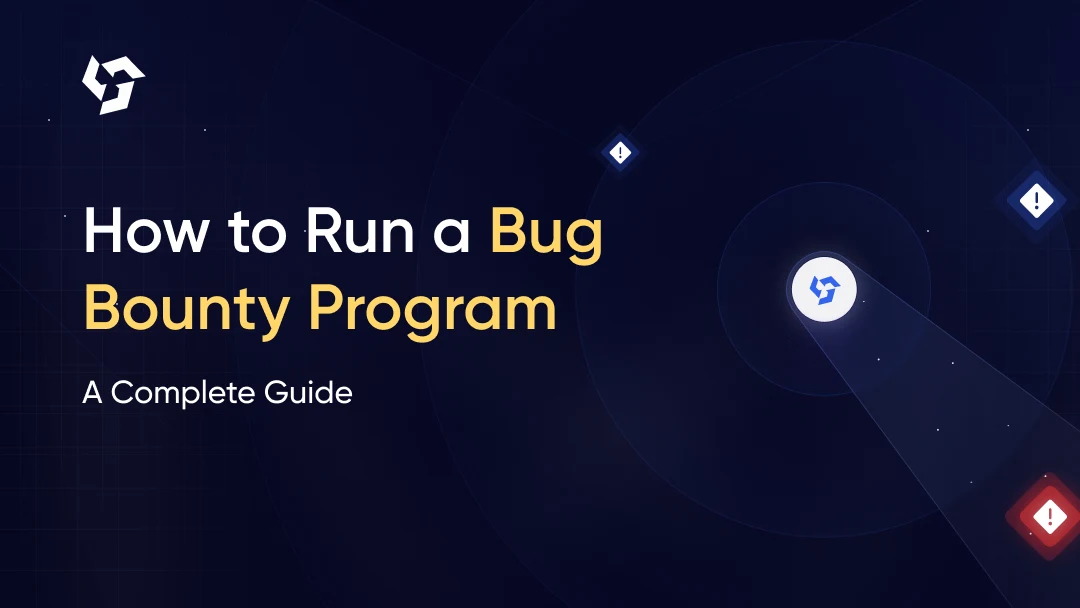


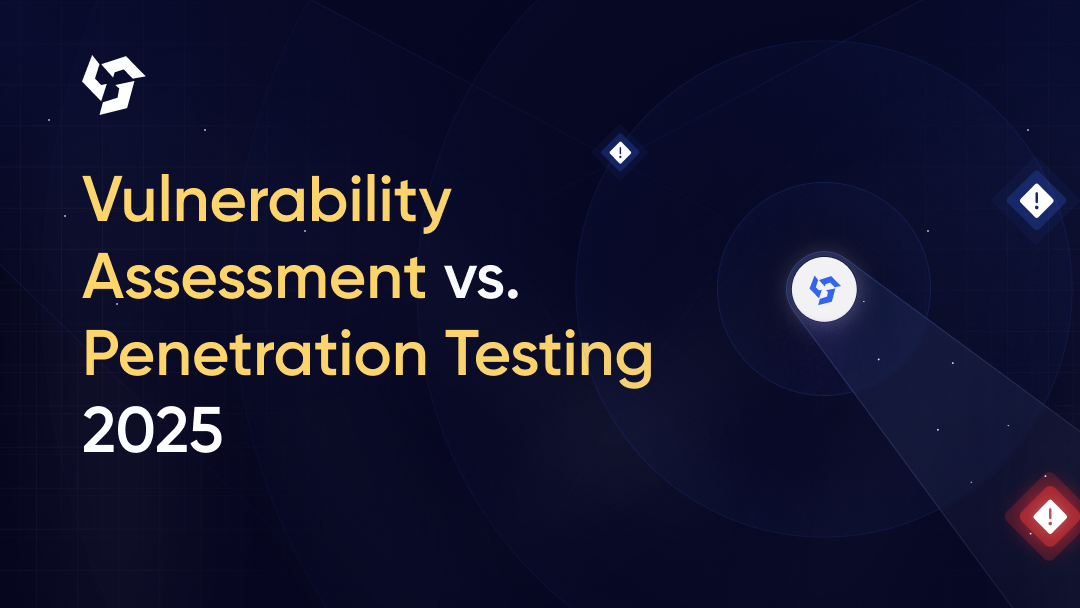

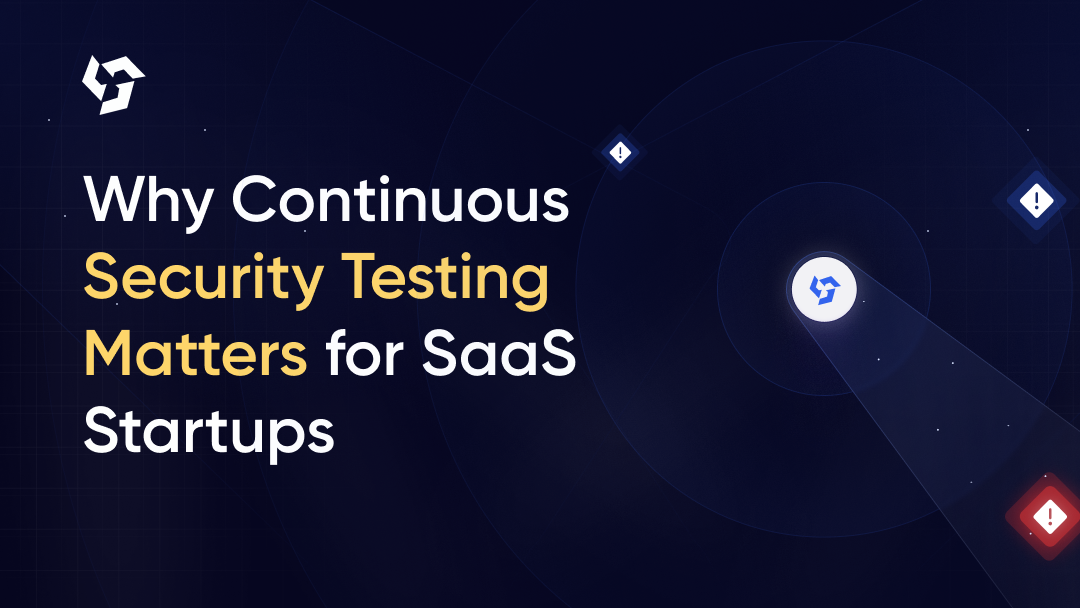
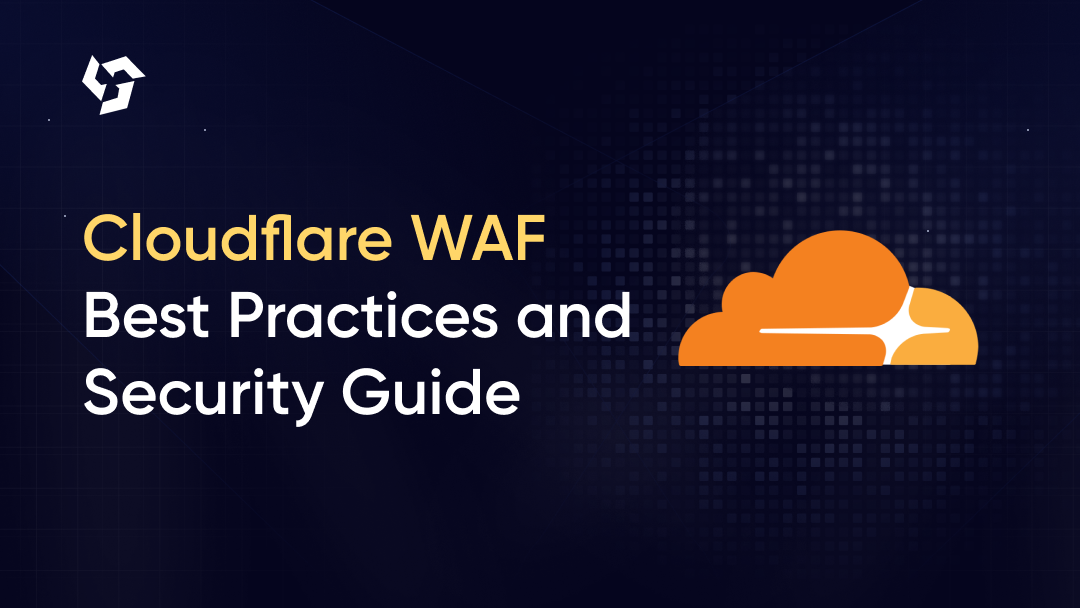

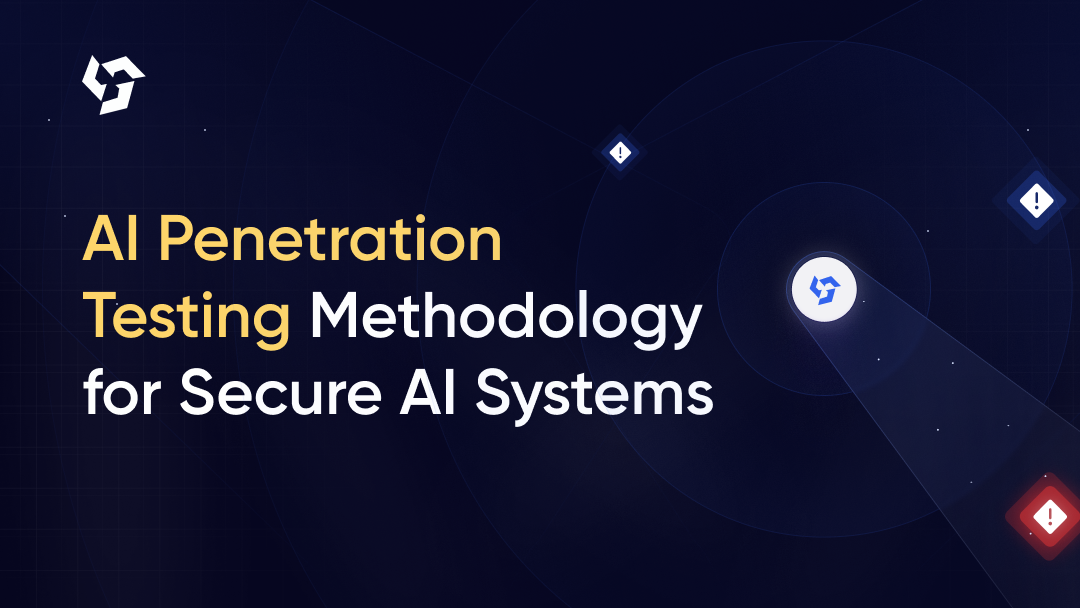
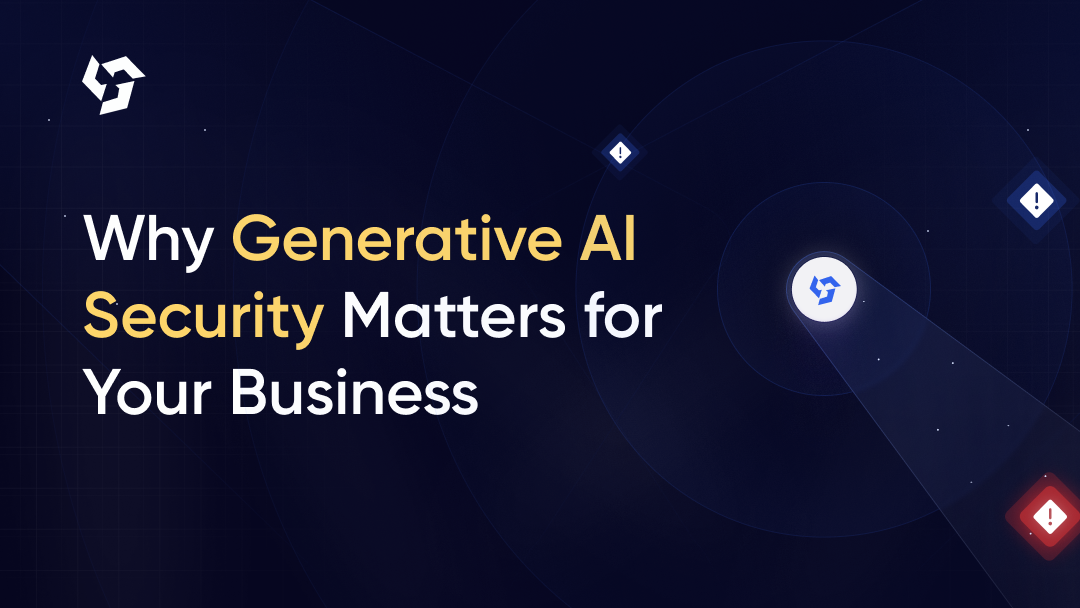
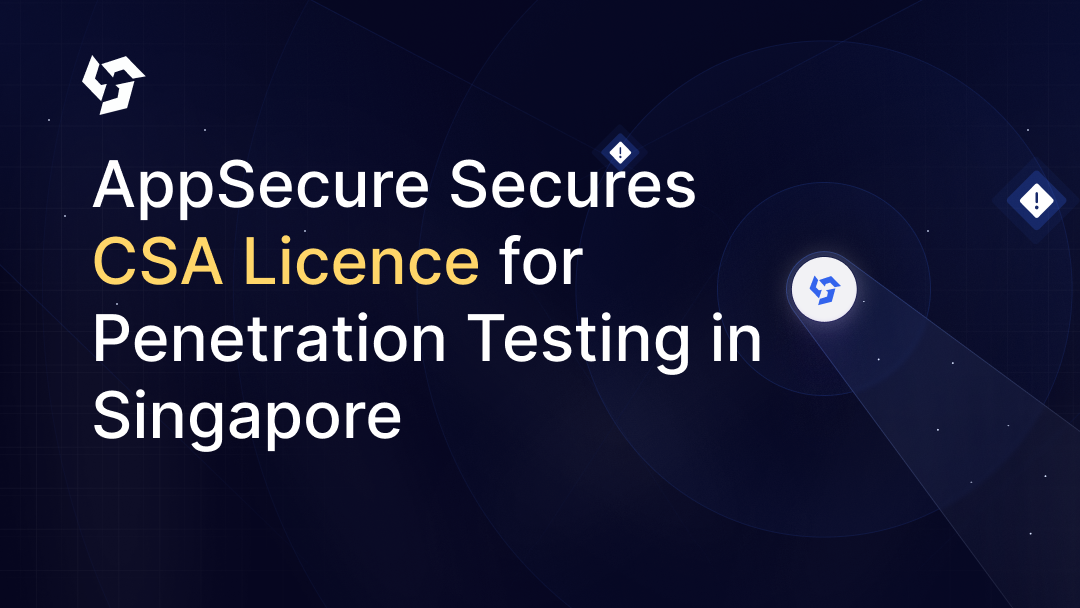
.png)
.png)
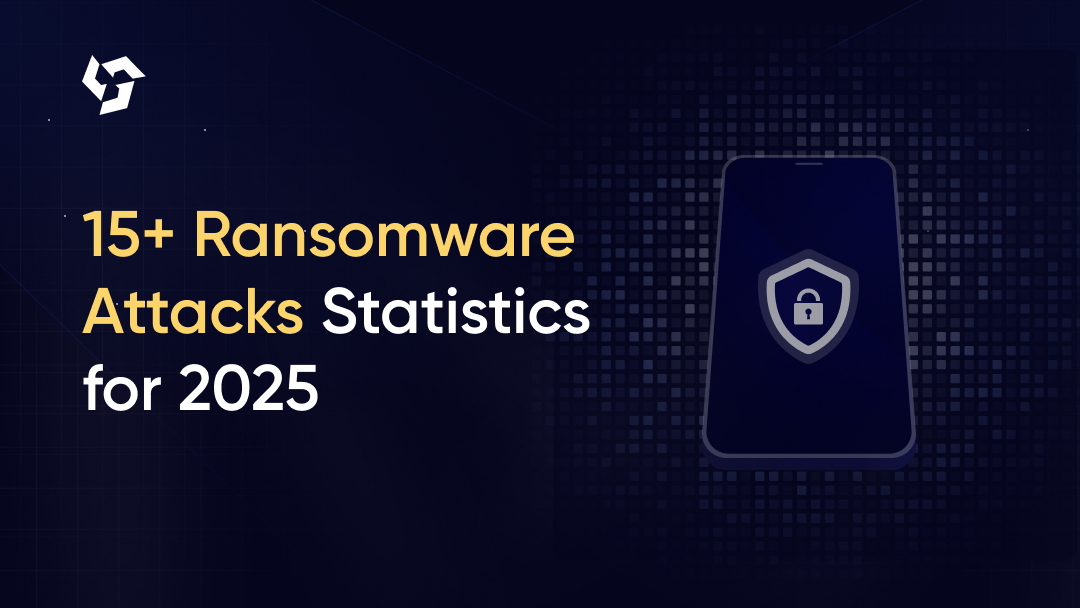
.png)
.png)
.png)
.png)
.png)
.png)
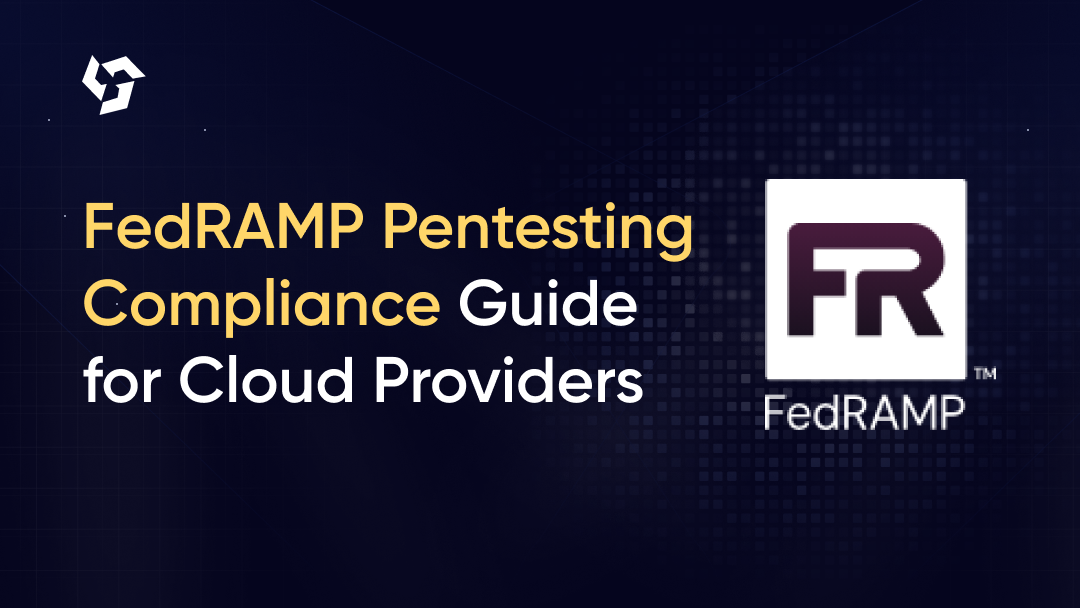
.png)
.png)
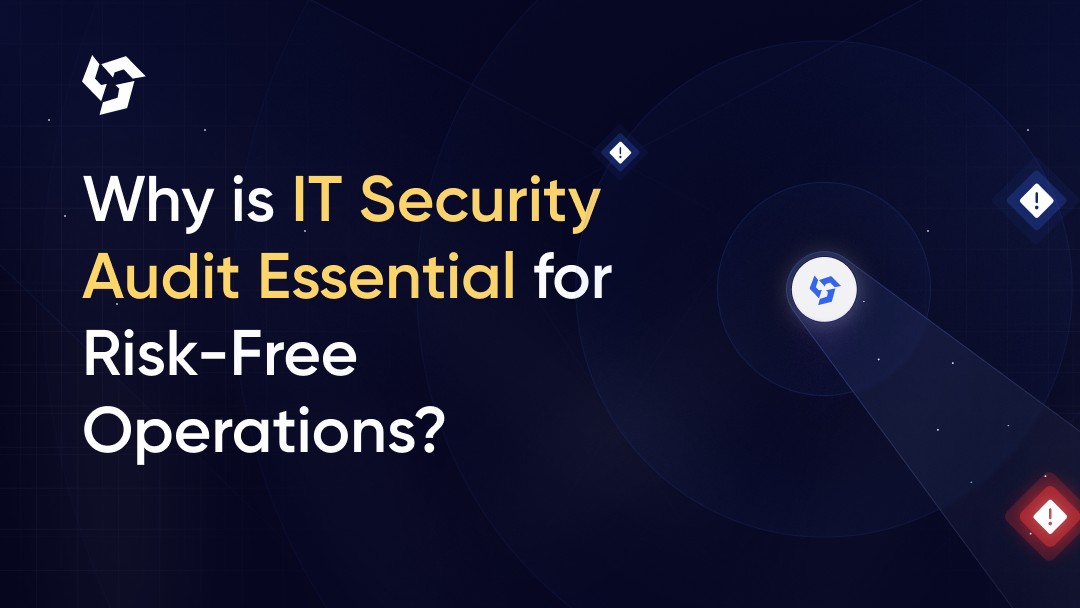

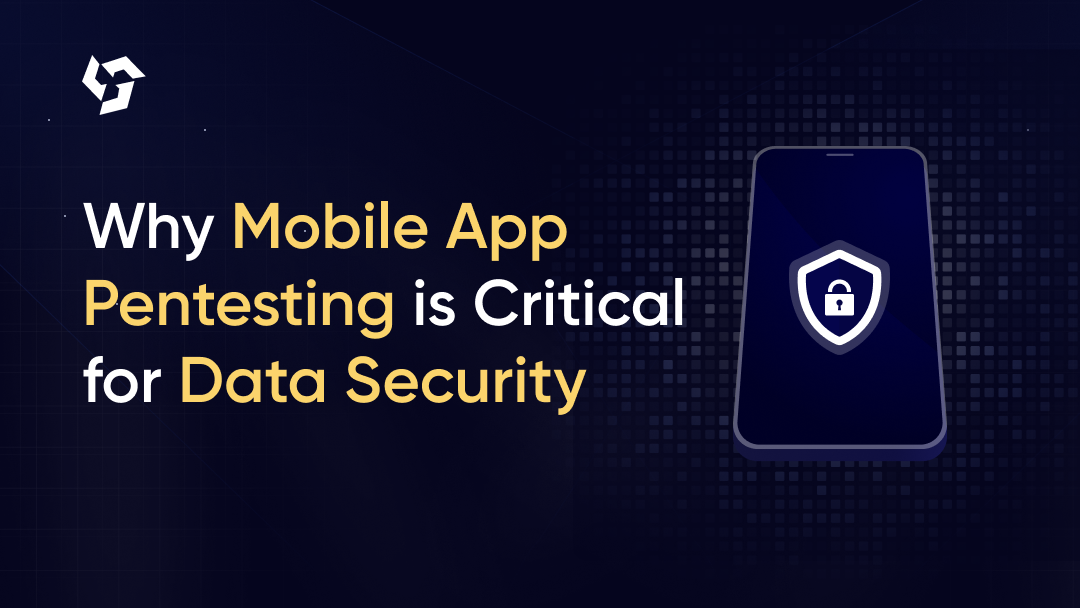
.png)
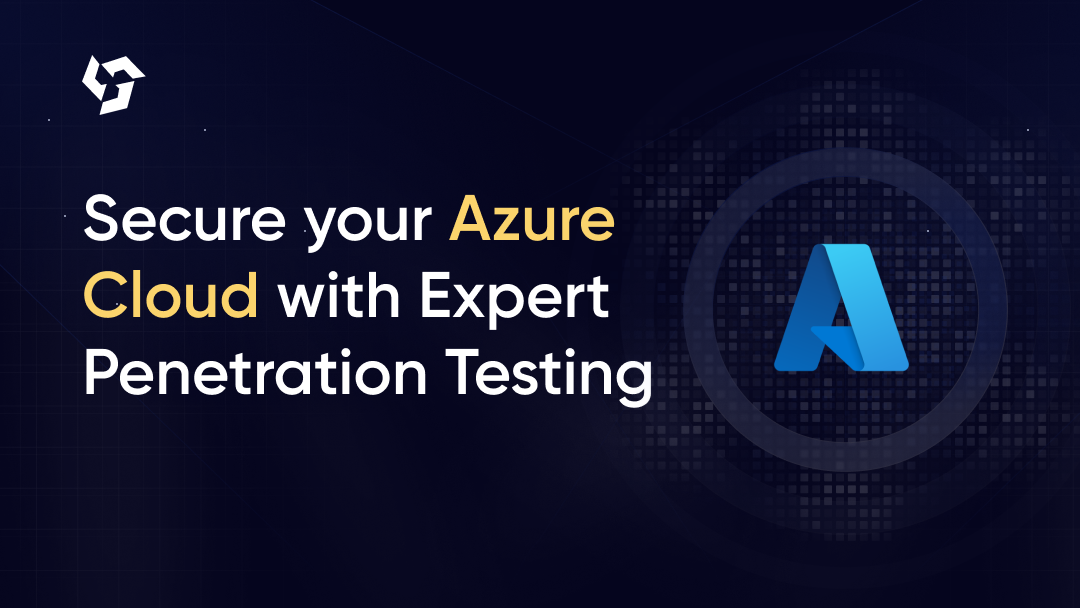
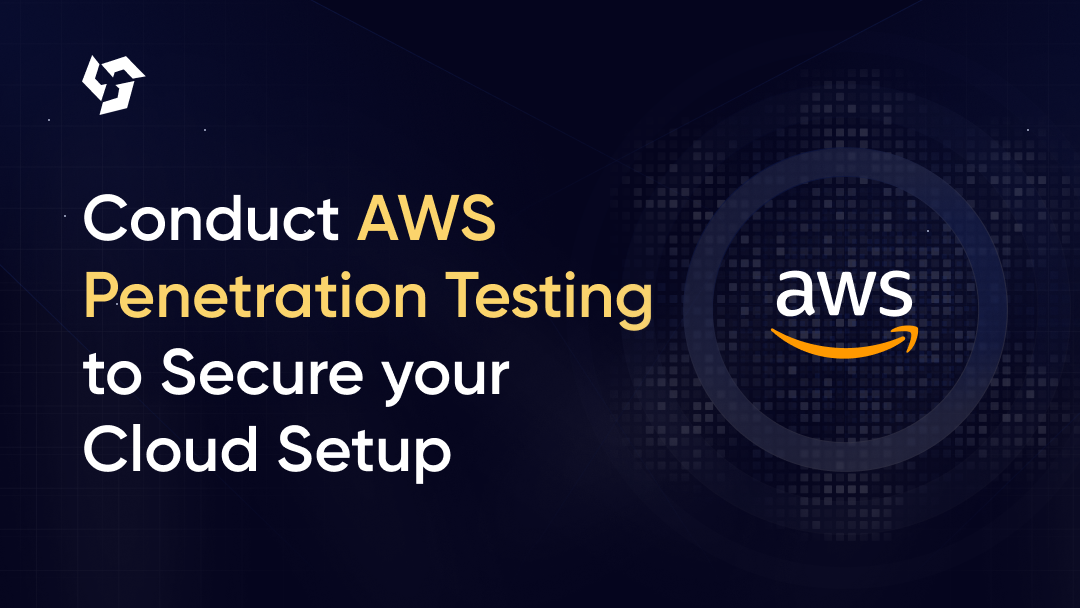
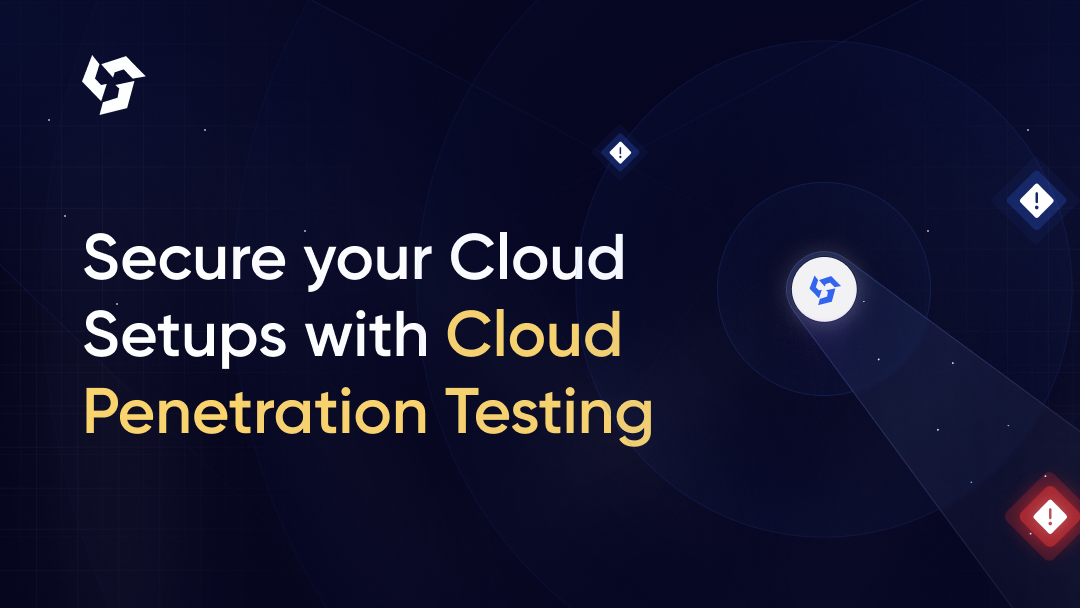
.png)
.png)
.png)
.png)

.png)
.png)
.png)

.png)
.png)
.png)
.png)
.png)

.png)









.webp)





.webp)


.webp)

.webp)



.webp)
.webp)
.webp)
.webp)









.webp)
